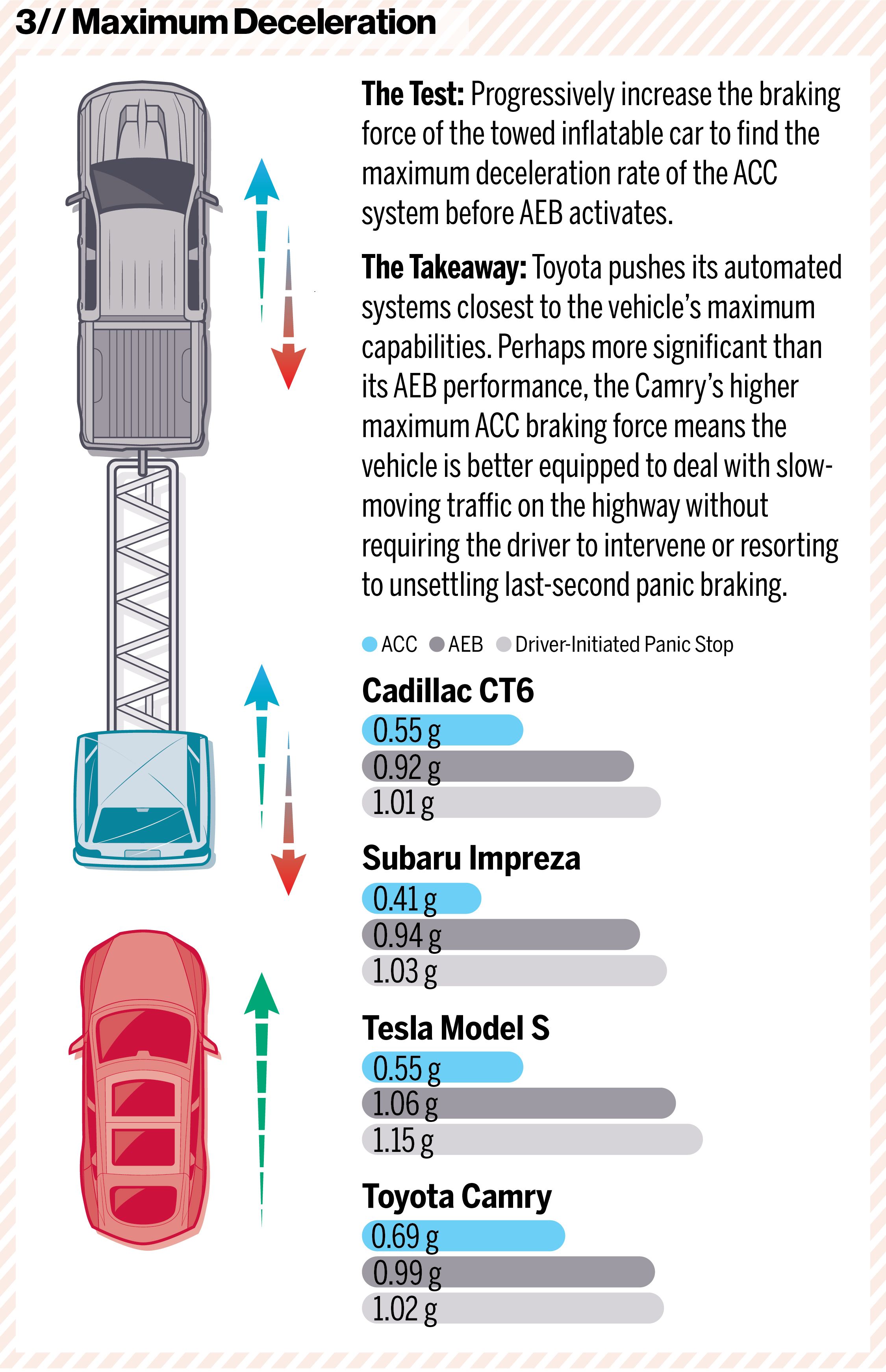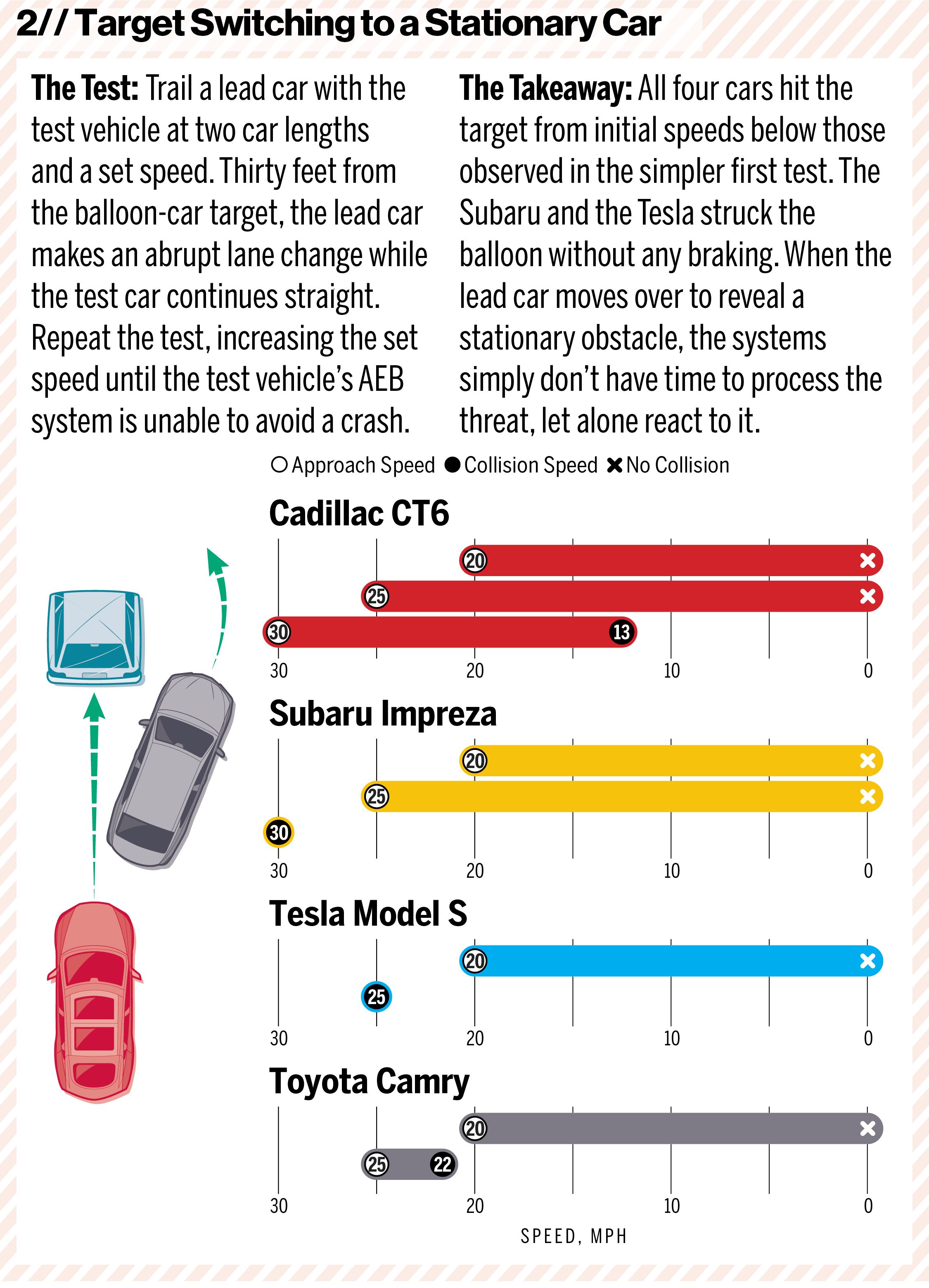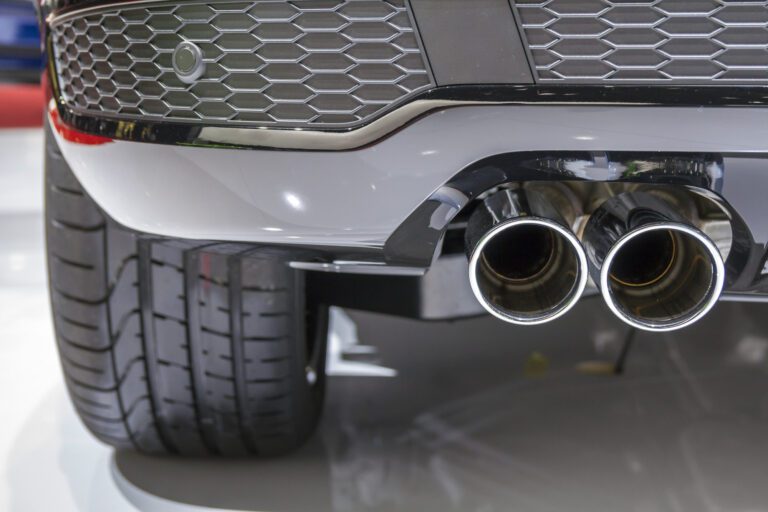How to Test Emergency Brake
To test the emergency brake, park on a flat surface, engage the brake firmly, and attempt to move the vehicle. For additional confirmation, visually inspect the brake components for any signs of wear or damage.
Ensuring the proper functionality of your emergency brake is crucial for your safety on the road. By following a few simple steps, you can quickly test your emergency brake to ensure it is in good working condition. The emergency brake, also known as the handbrake or parking brake, serves as a backup in case the main brakes fail.
Regularly testing and maintaining this system can prevent accidents and ensure your vehicle’s safety. We will discuss the importance of testing the emergency brake and provide a step-by-step guide on how to do so effectively.
Why Testing Emergency Brake Is Important
Ensuring Safety
Testing the emergency brake is crucial to ensure the safety of yourself, your passengers, and others on the road. A properly functioning emergency brake can prevent accidents and keep your vehicle secure in emergency situations.
Complying With Regulations
Regularly testing the emergency brake is essential to comply with legal regulations. Many states and countries require vehicles to have a properly functioning emergency brake, and failure to comply can result in fines or even legal repercussions.
Preparation And Tools
Preparation and Tools: Ensuring you have the right tools and preparing the vehicle properly is crucial before testing the emergency brake system.
Gathering The Necessary Tools
- Gloves to protect your hands
- Jack and jack stands for lifting the car
- Wheel chocks to prevent the vehicle from rolling
- Flathead screwdriver for adjustment
- Tire pressure gauge to check the pressure
Preparing The Vehicle
- Find a level surface to park the car
- Engage the parking brake
- Place wheel chocks behind the rear wheels
- Jack up the car and secure it with jack stands
- Check the tires for proper inflation
Step-by-step Guide To Testing The Emergency Brake
Finding A Suitable Location
Look for a flat, level surface to park your vehicle securely.
Engaging The Emergency Brake
Pull the emergency brake lever up firmly until it locks in place.
Observing The Response
Try to move your vehicle slightly to see if the emergency brake holds it in place.
Checking For Any Issues
- Listen for any unusual sounds when engaging the emergency brake.
- Inspect the emergency brake mechanism for wear or damage.
- Ensure the emergency brake releases smoothly after testing.

Credit: www.caranddriver.com
Common Problems And Troubleshooting
In this section, we will address the common problems that may arise with emergency brakes and how to troubleshoot them. Ensuring that your emergency brake is in good working condition is crucial for the safety of your vehicle and its occupants. Being aware of these common issues and how to resolve them can help you maintain the functionality of your emergency brake system.
Emergency Brake Doesn’t Engage
If you find that your emergency brake doesn’t engage when it should, it could be due to several factors. One common issue is the brake cables being worn out or rusty, hindering their ability to pull and engage the brake pads. Another potential cause could be the brake calipers not fully releasing, leading to a lack of tension in the emergency brake system.
Emergency Brake Doesn’t Release
When your emergency brake fails to release, it may be caused by a sticking mechanism within the brake assembly. This can occur due to a buildup of dirt, corrosion, or lack of lubrication. Additionally, worn out or damaged brake cables can also prevent the emergency brake from releasing properly.
Emergency Brake Sticks
If you notice that your emergency brake sticks after being engaged, it can be a sign of corrosion or rust affecting the brake components. It could also indicate issues with the brake drum or disc, restricting the free movement of the brake pads.
Regular Maintenance And Inspection
Regular maintenance and inspection of your emergency brake is crucial for ensuring its functionality. Learn how to test your emergency brake properly to avoid any potential accidents or malfunctions.
Maintaining and inspecting your emergency brake on a regular basis is crucial for your safety on the road. By following these simple steps, you can ensure that your emergency brake is in good working condition, ready for any unexpected situations. Regular maintenance and inspection involve cleaning and lubricating the emergency brake, checking the cable tension, and inspecting the brake pads and rotors.
Cleaning And Lubricating The Emergency Brake
To begin, start by cleaning the emergency brake mechanism. Use a soft brush and a mild detergent to remove any dirt or debris that may have accumulated. Pay close attention to the brake lever and the brake cables. Once clean, make sure to dry the brake mechanism thoroughly.
After cleaning, it is essential to lubricate the emergency brake to ensure smooth operation. Apply a small amount of brake lubricant to the brake lever and cables. Be careful not to over-lubricate, as excess lubricant can attract dirt and cause the brake to malfunction.
Checking The Cable Tension
The cable tension of the emergency brake is crucial for its effectiveness. Start by engaging the emergency brake while parked on a flat surface. If the emergency brake lever or pedal feels loose or too tight, adjustments are necessary.
To make adjustments, locate the cable tension adjuster. This can be found either under the floor panel or inside the center console, depending on the make and model of your vehicle. Turn the adjuster in small increments until the emergency brake is tight enough to prevent the vehicle from rolling when engaged, but not too tight that it locks up the wheels.
Inspecting Brake Pads And Rotors
Lastly, it is essential to inspect the brake pads and rotors for any signs of wear or damage. Start by removing the wheels to gain access to the brake components. Check the thickness of the brake pads – they should be at least 1/8 inch thick. Also, look for any uneven wear or grooves on the brake rotors.
If the brake pads are worn or the rotors are damaged, they should be replaced immediately to ensure optimal braking performance. Consult your vehicle’s manual or seek professional assistance if you are unsure about replacing these components yourself.
By following these regular maintenance and inspection steps, you can ensure your emergency brake is in proper working condition. Remember, a well-maintained emergency brake can be a lifesaver in emergency situations, so prioritize its maintenance for your safety on the road!

Credit: www.youtube.com

Credit: www.caranddriver.com
Frequently Asked Questions For How To Test Emergency Brake
How Do You Check If The Parking Brake Is Working?
To check if the parking brake is working, park on a flat surface, engage the brake, and try to move the vehicle. If it holds the car in place, the brake is working. If the car moves, it may need adjustment or repair.
Regularly testing the parking brake ensures its proper functionality.
How Do You Know If Your Emergency Brake Is Broken?
Signs of a broken emergency brake include unusual sounds, lack of resistance, or vehicle rolling when parked.
How Would You Test If Your Handbrake Is Working Properly?
To test if your handbrake is working, park on a slope, engage the handbrake firmly, and try to move the car. It should not roll.
How Do You Troubleshoot A Parking Brake?
To troubleshoot a parking brake, check the cable for wear, adjust the tension, and ensure proper connection to the brake assembly. Test the brake while the vehicle is stationary, and inspect the brake pads for damage or wear. If issues persist, seek professional assistance.
How Often Should I Test The Emergency Brake?
You should test the emergency brake at least once a month to ensure it is functioning properly.
What Are The Signs That My Emergency Brake Needs Testing?
If you notice that your vehicle rolls even when the emergency brake is engaged or if the brake lever feels loose, it’s time to test the emergency brake.
How Do I Test The Emergency Brake On My Vehicle?
To test the emergency brake, park your vehicle on a slight incline, apply the emergency brake, and see if your vehicle remains stationary.
Conclusion
Incorporating regular emergency brake tests into your vehicle maintenance routine is crucial for ensuring safety on the roads. By following the simple steps outlined you can easily perform this essential task. Keep in mind that regular inspections and maintenance will help to prevent potential issues and keep your emergency brake functioning properly.
Always prioritize safety and ensure that your emergency brake is in top condition for your peace of mind while driving.

